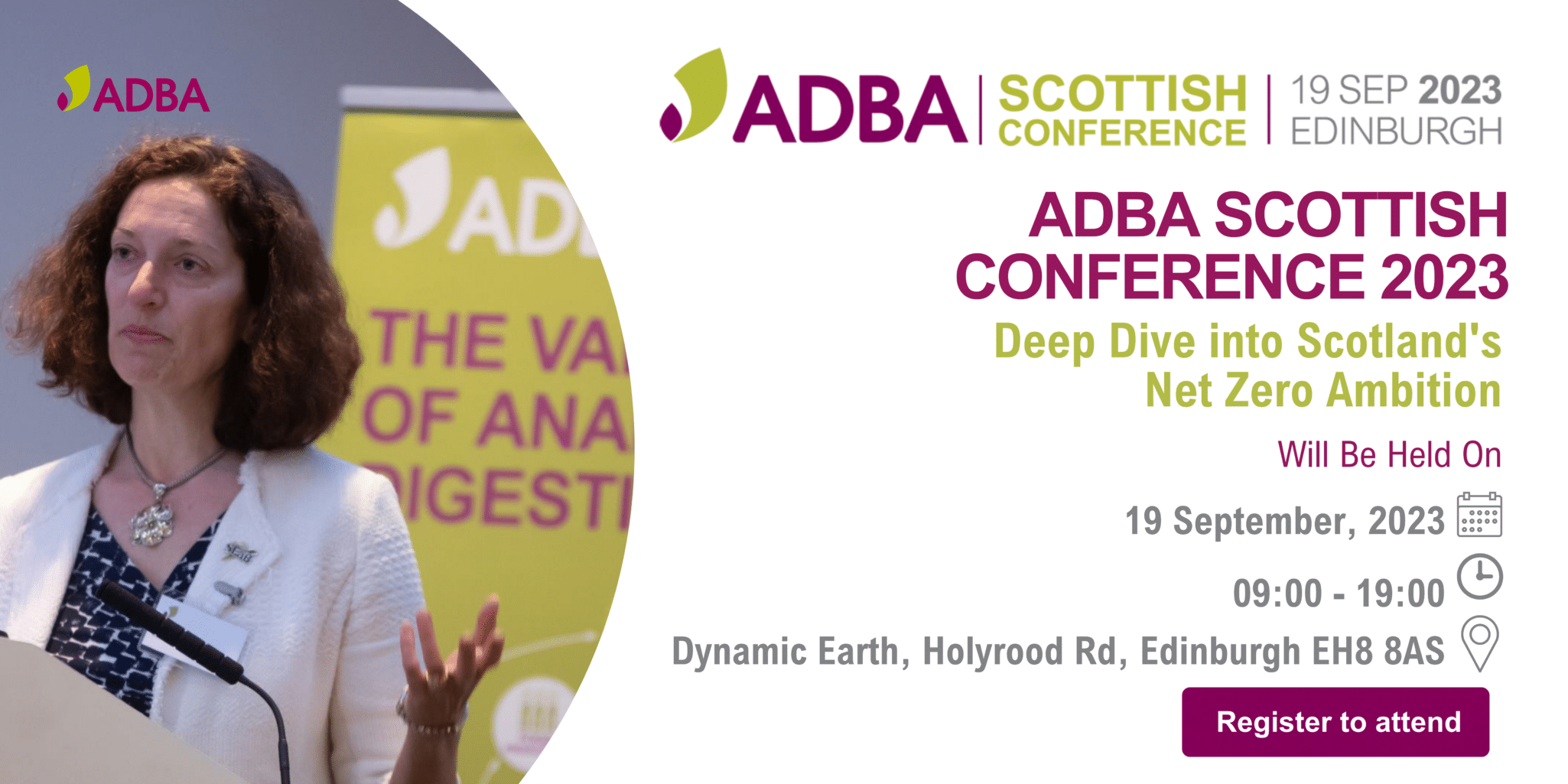MEMBER PRESS RELEASE - Vogelsang to present the HiCone for the wastewater sector at IFAT…
What topics will our R&D Forum speakers present?
We asked our speakers at the ADBA R&D Forum (12-13 November, Gisborough Hall Hotel, North Yorkshire) to give us a quick snapshot on what they will be speaking about. Here are some of their responses:
Dr Mary Dimambro, Managing Director, Cambridge Eco Ltd
Novel uses for digestates: Brownfield sites and protected horticulture
Cambridge Eco is researching innovative uses for digestates in the UK. Mary’s presentation will focus on three WRAP funded feasibility studies to ascertain whether the use of digestates could be expanded to include novel markets, from both an agronomic and economic perspective:
1. Making energy from brownfield sites. Growing perennial plants suitable for anaerobic digestion on brownfield sites using digestate as a soil improver
2. Bark admixtures: Formulation and testing of novel organic growing media using quality digestates for the production of containerised plants
3. Use of digestates from anaerobic digestion as a liquid fertiliser in the commercial production of strawberries
Mary will be speaking at 13.20 on day one of the Forum (Tuesday, 12 November).
Dr Sandra Esteves, Principal Lecturer/Director of the Wales Centre of Excellence for AD, University of South Wales
“I will present on the R&D work we are performing under the EU-IEE Biomethane Regions project which aims at demonstrations at full scale. The work includes R&D at AD plants operating on food wastes as well as sewage sludge. The work includes evaluations of the microbial profiling within the digesters influenced by the digester contents’ chemical matrices. The presentation will also include the role of active digester operation monitoring and management in order to drive microbial populations and increase biogas production.”
Sandra will be speaking at 13.50 on day one on the Forum (Tuesday, 12 November).
Dr James Browne, Agriculture Branch, Agri-Food and Biosciences Institute
The effects of length of storage time and storage temperature on biogas production from cattle slurry used as feedstock for anaerobic digestion
Anaerobic digestion (AD) of cattle slurry produces biogas and digestate (bio-fertiliser). In Ireland and the UK, slurries collected over winter from housed ruminant livestock comprise over 80% of the manure resource with potential as feedstock for AD. In these regions ruminants are normally outside grazing during the non-housed period (approximately 6 months) and there is no collection of excreta. Therefore, if cattle slurry is to be used as feedstock for year-round biogas production it must be stored for use during the non-housed period. Because there is little scientific information on the effects of storage temperature and storage time on the biogas yields of slurry a laboratory experiment was conducted to provide data on this. Storage at 90C over 26 weeks had little effect on biogas production. Storage at 200C lowered specific biogas production exponentially (74% reduction by week 26), but had little effect on N fractions in digestate.
James will be speaking at 12.00 on day one of the Forum (Tuesday, 12 November).
Dr David Styles, Lecturer in Life Cycle Assessment, Bangor University
Cattle feed or electricity? Life cycle assessment of biogas feedstock options on dairy farms
Expanded boundary life cycle assessment was applied to quantify environmental effects across plausible biogas scenarios for large- and average-sized UK dairy farms. Under default settings, biogas derived from slurry-only systems led to global warming potential (GWP) and abiotic resource depletion reductions of 14% and 67% for the large dairy farm, but eutrophication and acidification burden increases of 9% and 10%, respectively. Co-digestion of grass and maize did not further reduce net GHG emissions owing to additional concentrate feed required to maintain milk production. Marginal GWP changes per tonne of dry matter feedstock ranged from +93 kg CO2e for maize to –1971 kg CO2e for food waste. Conversion of an average-sized dairy farm to a beef-plus-biogas farm led to a GWP reduction of 30% assuming milk production shifted to an intensive dairy farm, but this reversed to a 13% GWP increase when possible iLUC associated with marginal concentrate feed production was accounted for.
David will be speaking at 14.20 on day one of the Forum (Tuesday, 12 November).
Find out more and view the full programme
View the full programme for day one
View the full programme for day two
Register now
Delegate rates are from £50 ex VAT for a one-day academic ticket. To register please click here.



